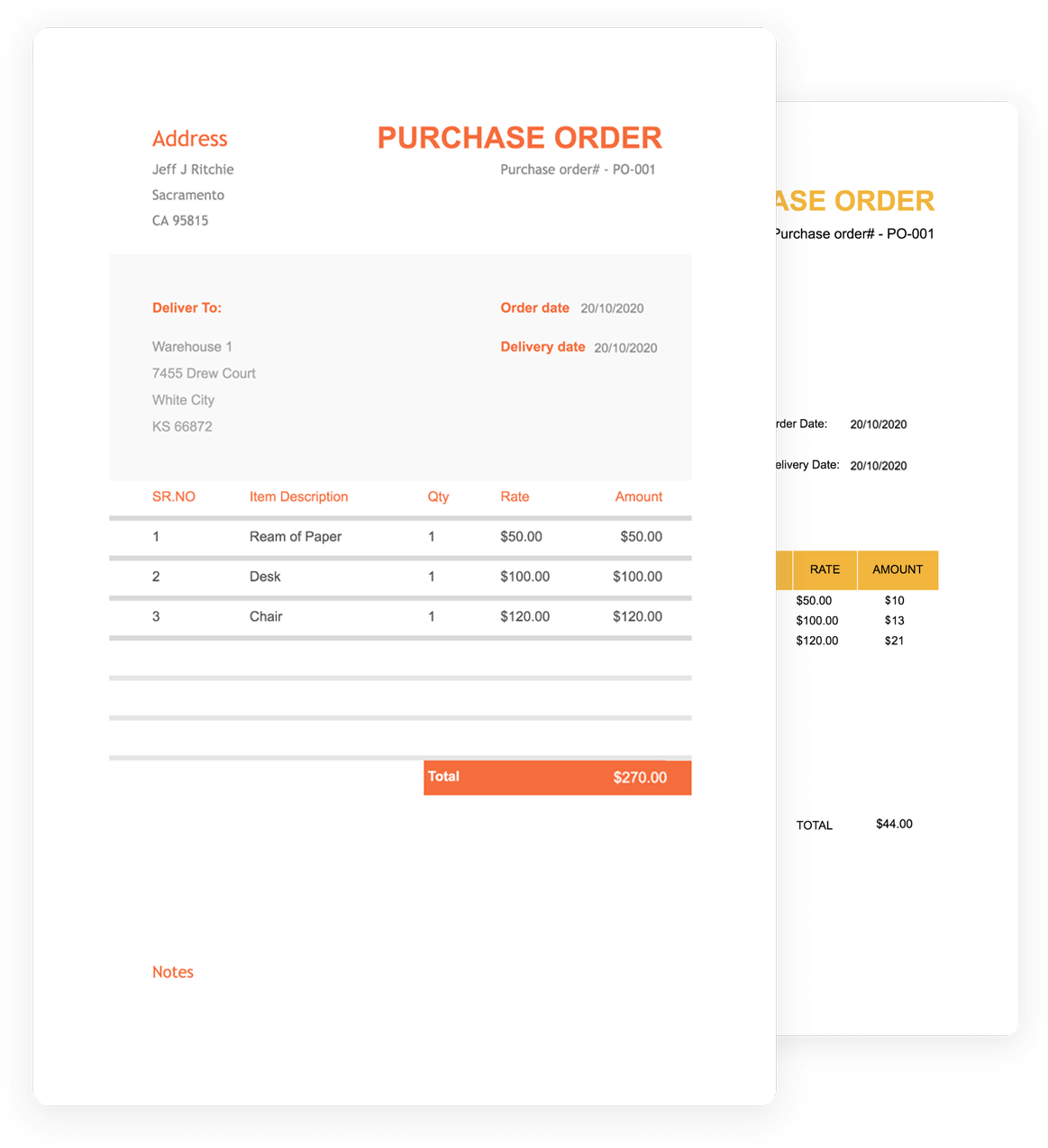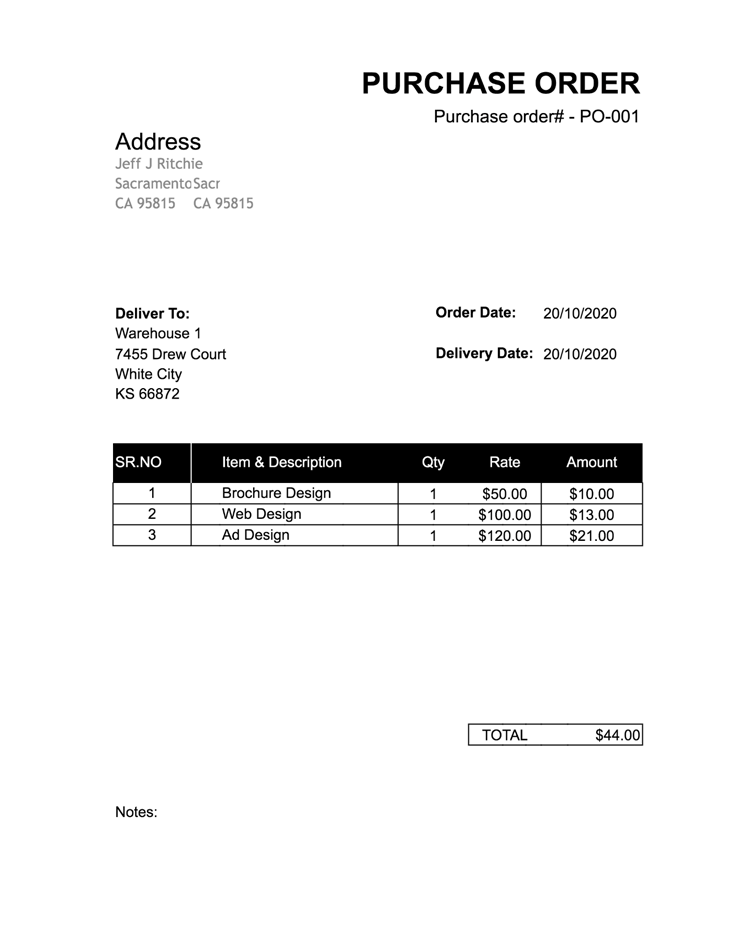Hermit crabs are fascinating pets that can bring joy and companionship to their owners. However, like any pet, they require a suitable habitat to thrive. Setting up an ideal environment for your new hermit crabs is crucial for their health and happiness. This article will guide you through the essentials of creating a perfect habitat for your hermit crabs, ensuring they live comfortably and healthily.
Understanding Hermit Crabs’ Natural Habitat
Before diving into the specifics of setting up your hermit crab habitat, it’s important to understand their natural environment. Hermit crabs are originally found in coastal regions, where they inhabit tropical and subtropical environments. They thrive in warm, humid conditions and have specific needs for space, substrate, and companionship.
Essential Components of a Hermit Crab Habitat
Creating a suitable habitat for hermit crabs involves several key components:
- Tank Size: A larger tank is always better. For one or two hermit crabs, a 10-gallon aquarium is a good start. For more crabs, aim for a minimum of 20 gallons.
- Substrate: Hermit crabs need a deep substrate for burrowing, which mimics their natural environment. A mix of sand and coconut fiber is ideal.
- Temperature and Humidity: Hermit crabs thrive in temperatures between 75°F and 85°F with humidity levels between 70% and 80%.
- Hiding Spots: These creatures are nocturnal and need places to hide during the day. Use caves, driftwood, and plants.
- Water Sources: Provide both fresh and saltwater in shallow dishes, ensuring they are safe for the crabs to enter and drink from.
- Food: Offer a variety of foods, including commercial hermit crab food, fruits, and vegetables.
Choosing the Right Tank

When selecting a tank for your hermit crabs, consider the following:
- Material: Glass tanks are preferable as they retain humidity well.
- Access: A tank with a removable lid will make feeding and cleaning easier.
- Ventilation: Ensure the tank has proper ventilation to prevent mold and ensure fresh air circulation.
Recommended Tank Sizes

As mentioned earlier, the size of the tank is paramount. Here’s a quick breakdown:
- 1-2 hermit crabs: 10-gallon tank
- 3-5 hermit crabs: 20-gallon tank
- 6+ hermit crabs: 30-gallon tank or larger
It’s important to note that hermit crabs are social animals, and having multiple crabs can lead to a more enriching environment.
Creating the Ideal Substrate

The substrate is one of the most critical components of your hermit crab habitat. A proper substrate allows hermit crabs to dig, which is essential for their well-being.
Types of Substrate
Consider using a combination of:
- Play Sand: Natural play sand is ideal as it is soft and easy for crabs to dig.
- Coconut Fiber: This helps retain moisture and creates a more humid environment.
The substrate should be at least 3-6 inches deep to allow for proper burrowing and humidity retention. Mix the sand and coconut fiber in a ratio of 1:1 for the best results.
Maintaining Temperature and Humidity
Maintaining the right temperature and humidity is vital for the health of your hermit crabs. Here’s how to do it:
Temperature Control

- Heating Lamp: Use a heat lamp or heat mat to keep the tank within the ideal temperature range.
- Thermometer: Place a thermometer in the tank to monitor temperature regularly.
Humidity Control

- Humidity Gauge: A hygrometer will help you keep an eye on humidity levels.
- Water Dishes: Keep shallow water dishes filled with fresh water and marine saltwater to promote humidity.
- Regular Mistings: Misting the substrate and tank walls can help maintain moisture levels.
Providing Hiding Spots and Enrichment
Hermit crabs are shy creatures that require places to hide. Adding various hiding spots and enrichment items can significantly enhance their habitat:
- Natural Decor: Include rocks, driftwood, and coconut shells to create hiding spots.
- Plants: Live or artificial plants can provide cover and make the habitat more appealing.
- Climbing Structures: Provide items that allow hermit crabs to climb, adding vertical space and enriching their environment.
Water Sources: Fresh and Saltwater
Hermit crabs require both freshwater and saltwater. Here’s how to set this up:
- Freshwater: Use dechlorinated water in one shallow dish.
- Saltwater: Prepare marine saltwater using aquarium salt and dechlorinated water in another dish.
- Depth: Ensure dishes are shallow enough for hermit crabs to enter safely.
Feeding Your Hermit Crabs

A balanced diet is crucial for your hermit crabs’ health. Here are some feeding tips:
- Commercial Food: Use high-quality hermit crab pellets as a staple.
- Fresh Fruits and Vegetables: Offer fresh options like apples, strawberries, and leafy greens in moderation.
- Calcium Source: Include crushed eggshells or cuttlebone for calcium, vital for shell health.
Case Study: Successful Hermit Crab Habitats
Consider the case of a hermit crab enthusiast, Sarah, who successfully set up a thriving habitat for her crabs. Sarah used a 20-gallon tank, providing 4-6 inches of a sand-coconut fiber mix. She monitored temperature and humidity with a thermometer and hygrometer, regularly misting the habitat. Sarah included various natural decorations and climbing structures, leading to happy and healthy crabs. She noted an increase in activity levels and shell changes, a sign of thriving hermit crabs.
Setting up a perfect habitat for your hermit crabs requires careful consideration of tank size, substrate, temperature, humidity, hiding spots, and diet. By following the guidelines laid out in this article, you can create a loving and suitable environment for your new pets. Remember, a well-maintained habitat not only promotes the health and happiness of your hermit crabs but also enriches your experience as a pet owner. By investing the time and effort into creating an ideal habitat, you can enjoy the joy of watching your hermit crabs thrive.